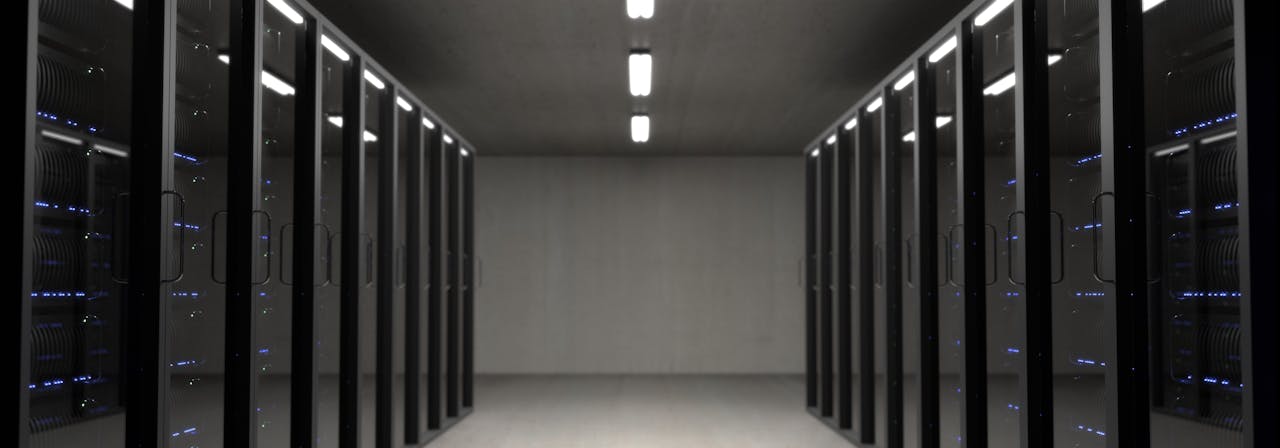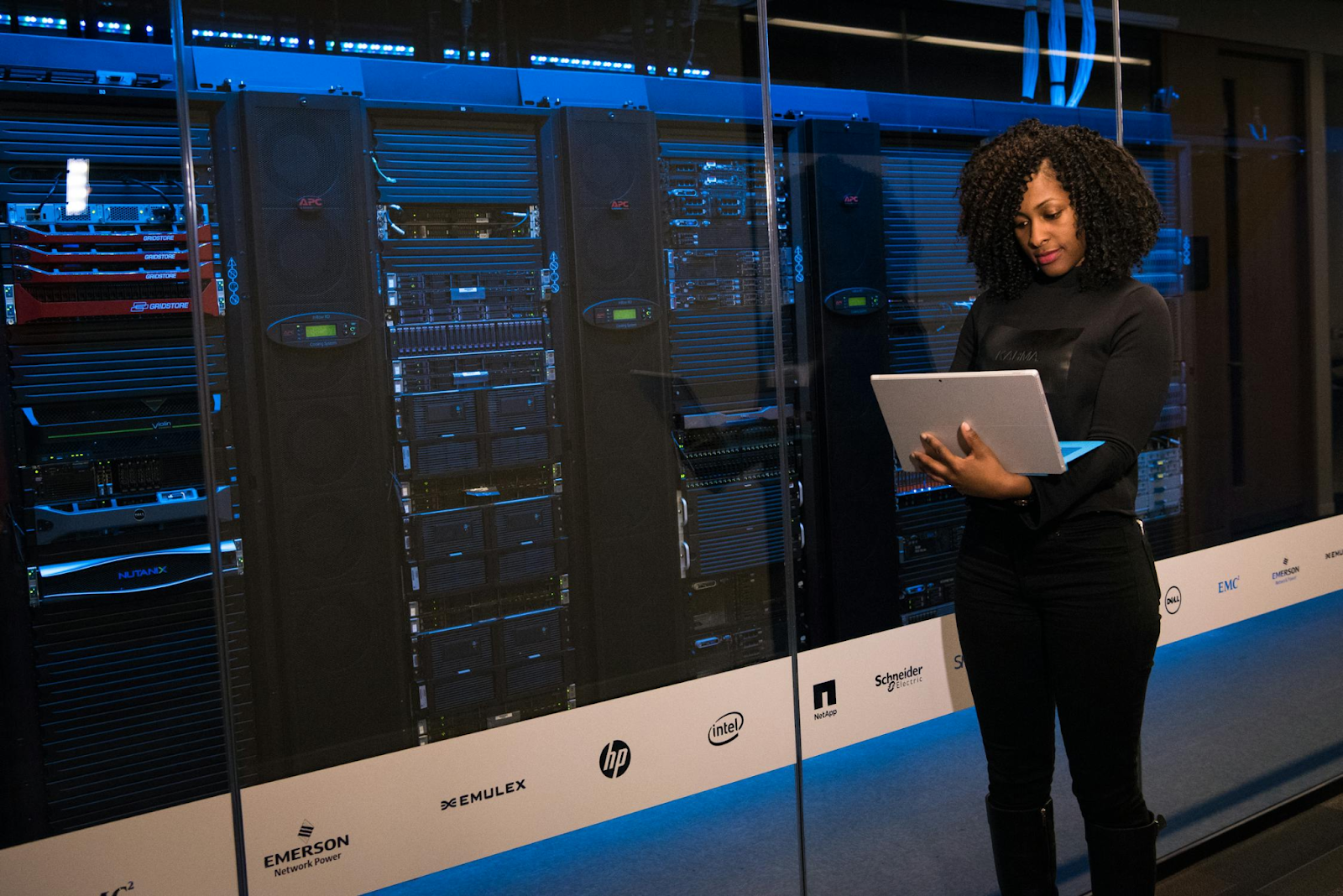Comments
- No comments found

In the digital age, data centers stand as the lifelines of modern businesses, serving as the epicenter for storing, processing, and disseminating vast amounts of data critical to operations.
However, with this pivotal role comes the responsibility of ensuring these data centers operate at optimal efficiency. Efficiency, in the realm of data centers, spans far beyond mere energy conservation. It encompasses a holistic approach, including energy consumption, cooling systems, hardware optimization, disaster recovery planning, and continuous monitoring. In this comprehensive guide, we delve into the intricacies of maintaining data center efficiency, offering insights and strategies to keep these vital infrastructures running smoothly and sustainably.

Data centers are the backbone of modern technological infrastructure, serving as the hub for storing, processing, and distributing vast amounts of data. With the increasing reliance on digital services, ensuring the efficiency of data centers is paramount. Efficiency in this context encompasses various aspects, including energy consumption, cooling systems, hardware optimization, and overall operational effectiveness.
To begin with, understanding the energy usage of your data center is crucial. Monitoring power consumption metrics such as Power Usage Effectiveness (PUE) can provide insights into how efficiently your data center utilizes energy. By regularly analyzing these metrics, operators can identify areas for improvement and implement strategies to reduce energy waste, ultimately leading to cost savings and environmental benefits.
One of the most significant challenges in maintaining data center efficiency is managing heat generated by servers and other hardware. Inefficient cooling systems not only contribute to higher energy consumption but can also lead to hardware failures and downtime. Implementing strategies to optimize cooling systems is essential for ensuring the reliability and longevity of your data center infrastructure.
Utilizing techniques such as hot and cold aisle containment, airflow management, and precision cooling can help maintain optimal temperatures within the data center environment. Additionally, leveraging advanced cooling technologies such as liquid cooling or modular cooling units can further enhance efficiency while reducing overall energy consumption.
By deploying advanced monitoring solutions, operators can gather real-time data on various aspects of data center operations, including power usage, temperature, humidity, and hardware performance. This is why data center monitoring plays a crucial role in maintaining efficiency and identifying potential issues before they escalate into major problems. Analyzing this data allows for proactive identification of inefficiencies, optimization opportunities, and potential risks.
Continuous optimization involves regularly reviewing and fine-tuning data center infrastructure, processes, and configurations to ensure optimal performance and efficiency. This may include adjusting cooling settings, optimizing workload placement, or upgrading hardware components to keep pace with evolving technology trends. By adopting a proactive approach to monitoring and optimization, organizations can not only improve operational efficiency but also enhance the overall reliability and resilience of their data center environments.
Hardware consolidation and virtualization play a significant role in maximizing the efficiency of data center resources. By consolidating multiple servers onto fewer physical machines through virtualization, organizations can reduce hardware footprint, energy consumption, and maintenance costs. Virtualization also enables dynamic resource allocation, allowing for better utilization of computing resources based on demand.
Furthermore, adopting technologies like software-defined networking (SDN) and network function virtualization (NFV) can streamline network infrastructure, improve scalability, and enhance overall operational efficiency. These approaches not only optimize resource utilization but also contribute to greater flexibility and agility in responding to changing business requirements.
The hardware components used in data centers play a crucial role in determining overall energy efficiency. Choosing energy-efficient servers, storage devices, and networking equipment can significantly reduce power consumption while maintaining performance and reliability. Manufacturers now offer a range of hardware options designed specifically for energy efficiency, including low-power processors, solid-state drives, and energy-efficient networking switches.
Moreover, investing in energy-efficient power supplies, cooling fans, and other auxiliary components can further contribute to overall energy savings. Regularly upgrading hardware to newer, more efficient models can also yield long-term benefits in terms of performance, reliability, and operational cost savings.
Ensuring data center resilience and continuity is another critical aspect of maintaining efficiency. Disaster recovery planning involves implementing redundant systems, backup power sources, and data replication mechanisms to mitigate the impact of unforeseen events such as natural disasters, equipment failures, or cyberattacks. Establishing comprehensive disaster recovery plans and regularly testing them can help minimize downtime and data loss in the event of a disruption.
In addition to disaster recovery measures, implementing redundancy at various levels of the data center infrastructure is essential for ensuring high availability and reliability. Redundant power supplies, networking links, and storage arrays can help eliminate single points of failure and ensure uninterrupted operation even in the face of hardware failures or maintenance activities.

In conclusion, maintaining the efficiency of data centers requires a multifaceted approach that encompasses various aspects of infrastructure design, operation, and management. By focusing on areas such as energy consumption, cooling systems, hardware optimization, disaster recovery planning, and continuous monitoring, organizations can ensure that their data centers remain reliable, resilient, and cost-effective. Embracing emerging technologies and best practices in data center management is essential for staying ahead of evolving demands and maximizing the value of digital infrastructure in the modern business landscape.
Leave your comments
Post comment as a guest